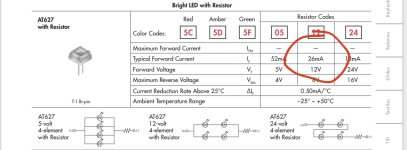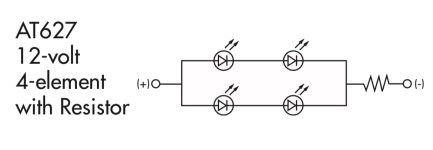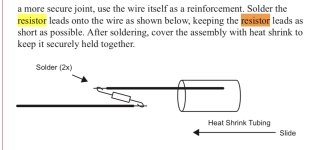I have purchased a couple of illuminated switches to use as a master warning / master caution switch light to make use of the new g3x functionality in the latest software revision.
The g3x manual under the GEA24 section has a note:
“ 17. WHEN A DISCRETE OUTPUT IS ACTIVE, IT IS PULLED TO GROUND AND CAN SINK UP TO 20 MA OF CURRENT MAXIMUM. SEE THE G3X INSTALLATION MANUAL FOR ADDITIONAL DETAILS ON USE OF DISCRETE OUTPUTS.”
The switch I purchased is this one:
https://www.digikey.com.au/en/products/detail/nkk-switches/LB25RKW01-5D12-JD/2104983
The spec sheet for the version of the switch I got says “typical forward current 26ma”.
Is 6ma extra going to be a problem for the GEA24?
Do I need to add a resistor? (I have no idea how to work out what size).
The g3x manual under the GEA24 section has a note:
“ 17. WHEN A DISCRETE OUTPUT IS ACTIVE, IT IS PULLED TO GROUND AND CAN SINK UP TO 20 MA OF CURRENT MAXIMUM. SEE THE G3X INSTALLATION MANUAL FOR ADDITIONAL DETAILS ON USE OF DISCRETE OUTPUTS.”
The switch I purchased is this one:
https://www.digikey.com.au/en/products/detail/nkk-switches/LB25RKW01-5D12-JD/2104983
The spec sheet for the version of the switch I got says “typical forward current 26ma”.
Is 6ma extra going to be a problem for the GEA24?
Do I need to add a resistor? (I have no idea how to work out what size).
Attachments
Last edited:







